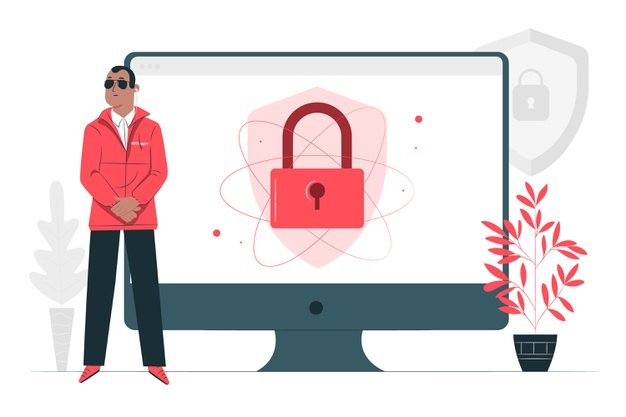That moment when you realize you have been defrauded can be soul-destroying. At first, you may be shocked and not know what to do. You cannot believe you have fallen for it. But once you get your head around what has happened, you can start working toward recovery. Here are the things you can do to recover after being defrauded.
Stop Any More Money
First of all, when you have identified a scam, ensure that you stop any funding. Make sure that no further payments are going to be made out to encourage them to defraud you anymore. It is easy to be shocked about what is happening and lose even more money. So, try to stop the scam at the source. For instance, if you have used a credit card, make sure that it is canceled and that you inform the card issuers of the fraud.
Do Not Blame Yourself
After you have discovered the scam and process what has happened, you will be angry and blame yourself. However, you have got to avoid doing this. This is not going to be productive and help you move on. Know that millions of people fall for fraudulent scams every year. You are not the first or the last person to do this. All you should think about is what you are going to do next and how you can prevent this from happening again.
Try to Get Your Money Back
A lot of people assume that once they have been defrauded they will never get this money back. However, this is not always true. Unfortunately, stock market fraud happens a lot and this means many people have looked for help over the years. Now, there are companies out there that can help you recover the money you have lost.
Avoid Unsolicited Emails
When you have been the victim of fraud, you need to learn your lesson. Avoid all unsolicited contact that you receive about another investment opportunity. For instance, if you receive any emails or telephone calls with so-called ‘great opportunities’ make sure that you ignore them. This could be another fraudulent scam that you do not want to get involved with. Delete all emails and messages you receive and ensure that you do not send any personal details. You also want to avoid opening any attachments or links they send to you.
Follow Your Gut
Unfortunately, there are thousands of scams happening every day to innocent people. If you have been one of these victims, you will know the worry and stress it can cause you. Indeed, you may have also lost a lot of money. In the future, in order to stop this from happening again, follow your gut. If something seems too good to be true or you have a bad feeling, ignore the opportunity. If you really want to make investments, do your own research and know that other opportunities are going to come along. Do not rush into any decisions without thinking them through.
Read Also:
























